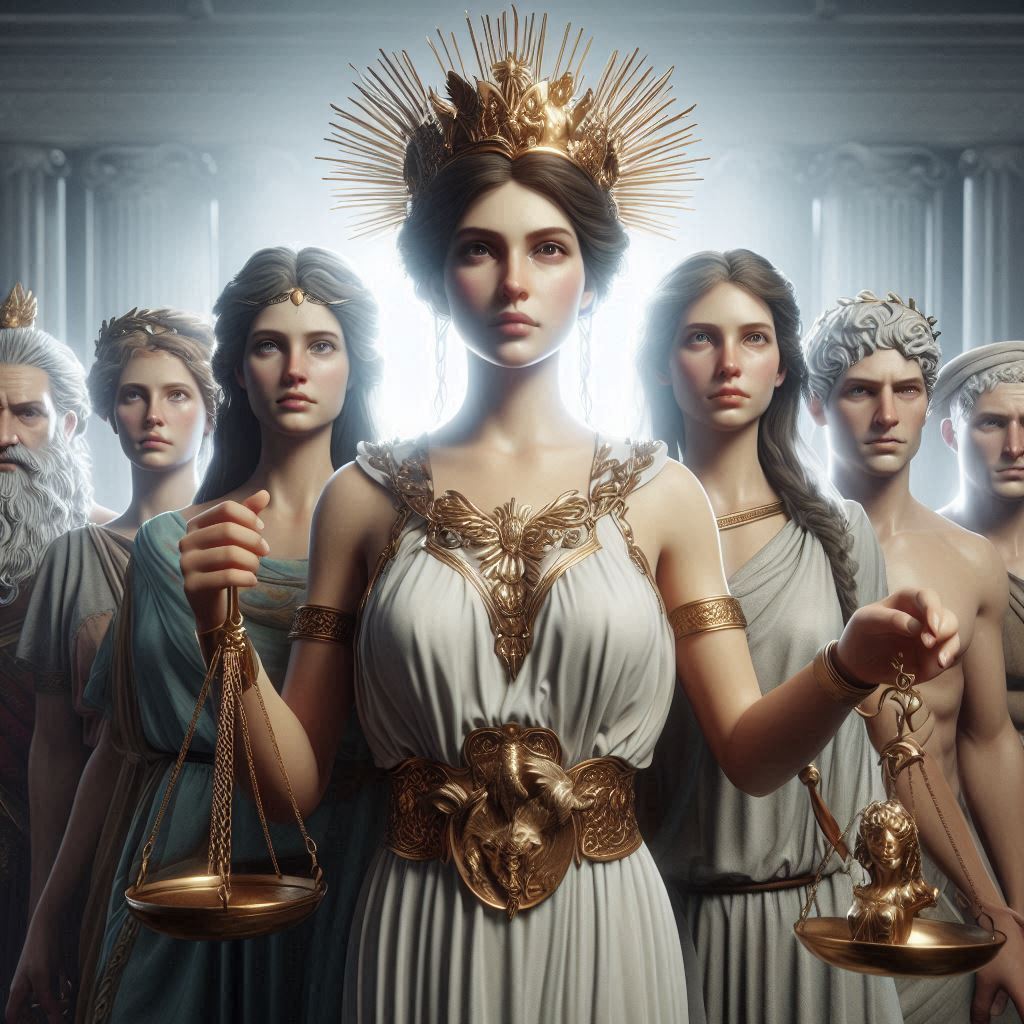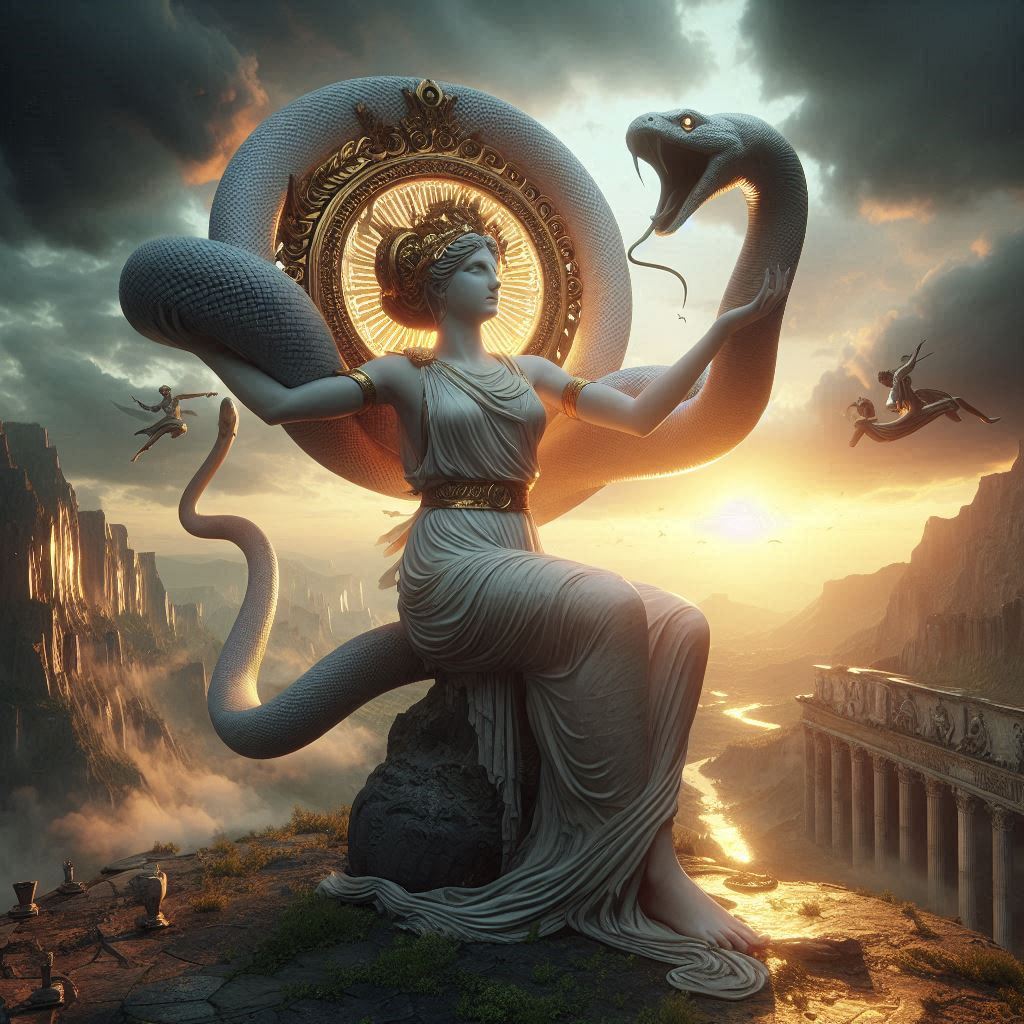Table of Contents
The Unflinching Gaze: The Enduring Strengths of Tolstoy’s Writing
Leo Tolstoy stands as a colossus in the landscape of world literature, not merely for the scale of his works, but for their profound and enduring human insight. His writing possesses a unique power that transcends time and culture, capturing the tumultuous flow of history while simultaneously plumbing the deepest depths of the individual soul. The strength of his art does not lie in a single technique, but in the masterful fusion of several: an unparalleled psychological realism, a sweeping yet intricate historical vision, a deep moral and philosophical urgency, and a prose style of breathtaking clarity and vividness. Together, these elements create a reading experience that feels less like fiction and more like life itself.

The Inner Universe: Psychological Realism and the “Dialectic of the Soul”
Perhaps Tolstoy’s most celebrated strength is his revolutionary approach to character. He had an uncanny ability to map the intricate, often contradictory, landscape of human consciousness. Critics often describe his technique as the “dialectic of the soul”—the presentation of a character’s inner life as a fluid, ongoing process of thought, feeling, and counter-feeling.
Characters like Anna Karenina, Pierre Bezukhov, and Prince Andrei are not static entities; they are constantly thinking, doubting, yearning, and evolving. Tolstoy does not simply tell us that a character is happy or sad; he immerses us in the torrent of sensations, memories, and half-formed thoughts that constitute that emotion. We experience Anna’s paranoia as a visceral, real-time disintegration of her psyche. We follow Pierre’s spiritual quest through every false start and fleeting revelation. This commitment to the messy truth of inner life makes his characters feel astonishingly real and relatable, their struggles echoing our own internal conflicts.
The Epic and the Intimate: The Seamless Weaving of History and Individual Destiny
Tolstoy possessed a singular talent for connecting the grand sweep of history to the private lives of individuals. In War and Peace, he does not merely narrate the Napoleonic Wars; he demonstrates how vast historical forces—the movement of armies, the spirit of a nation—are both shaped by and impact the destinies of countless ordinary and extraordinary people. He masterfully shifts perspective from the drawing rooms of St. Petersburg to the chaos of the Battle of Borodino, from the strategic musings of Napoleon and Kutuzov to the terror of a young soldier on the ground.
His famous theory of history, which posits that great leaders are merely labels giving names to events, and that real historical movement is driven by the infinitesimal actions of the multitude, is embedded in the very structure of his narrative. This integration means that the reader understands Prince Andrei’s personal epiphanies on the battlefield not just as individual moments of growth, but as part of a vast, collective human experience. The epic scope never overwhelms the intimate portrait; instead, each gives meaning to the other.
The Moral Compass: Philosophical Urgency and the Search for Truth
Tolstoy was not an entertainer; he was a moralist and a seeker of truth. A profound philosophical and ethical urgency pulses at the heart of all his major works. He grapples with life’s most fundamental questions: What is the right way to live? What is the nature of love, death, and faith? What is our responsibility to our fellow human beings?
This quest is the central driving force for his protagonists. Levin’s struggle to find authentic meaning through marriage and manual labor in Anna Karenina, and Pierre’s search for purpose in War and Peace, are direct reflections of Tolstoy’s own lifelong spiritual crisis. This moral dimension is not a separate essay tacked onto the story; it is the very engine of the plot and character development. It gives his narratives a tremendous weight and gravity, challenging the reader not only to observe but to reflect on their own life and values.
The Crystalline Lens: The Power of Clarity and Defamiliarization
For all their philosophical complexity, Tolstoy’s sentences are models of clarity and precision. His prose is direct, unadorned, and powerfully visual. He had the ability to make the most complex scene or psychological state immediately comprehensible. This clarity is not simplicity; it is the result of a relentless pursuit of the exact right word and the most lucid description.
Coupled with this is his genius for ostranenie, or “defamiliarization”—the technique of describing a familiar thing from a strange or unfamiliar perspective to make us see it anew. The most famous example is the opera scene in Anna Karenina, where Kitty and Levin witness a performance. Tolstoy describes the artificiality of the sets and the singers’ makeup through the eyes of his uninitiated characters, stripping away the conventional glamour to reveal the absurdity beneath. This technique forces the reader to engage with reality more actively, breaking through the veil of habit to perceive the world’s true essence.
Conclusion: The Mirror of Life
The strength of Tolstoy’s writing is ultimately holistic. It lies in the perfect synthesis of his profound psychological insight, his epic historical vision, his unyielding moral seriousness, and his crystalline prose. He holds up a mirror to human nature in all its grandeur and pettiness, its capacity for both selfless love and profound self-deception. To read Tolstoy is to be granted a deeper, clearer, and more compassionate understanding of what it means to be human, caught between our personal desires and the impersonal flow of history.
His work remains a monumental achievement not because it provides easy answers, but because it honors the complexity of the questions, making his writing as vital and illuminating today as it was over a century ago.


No responses yet